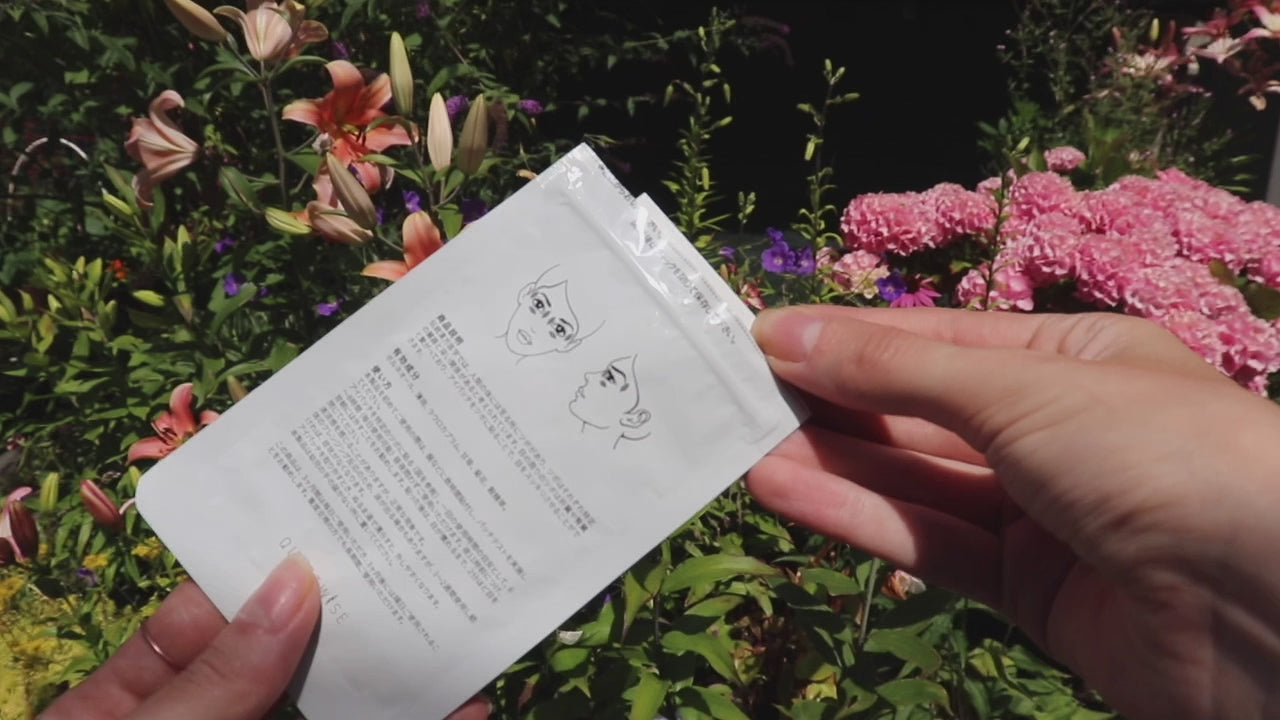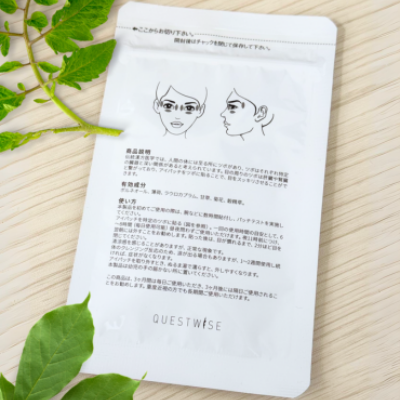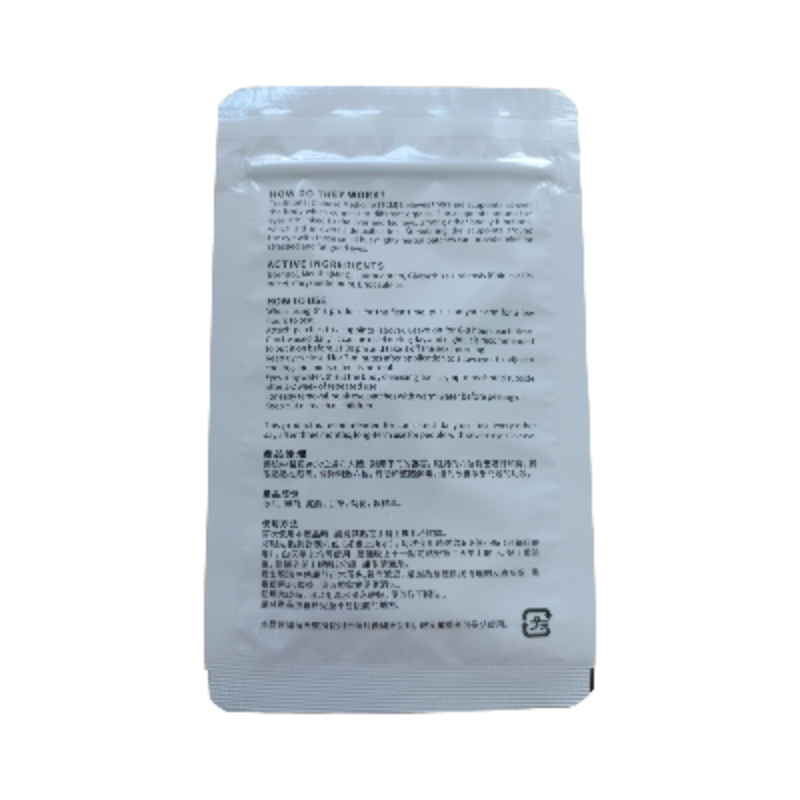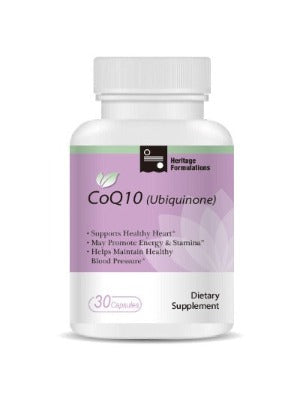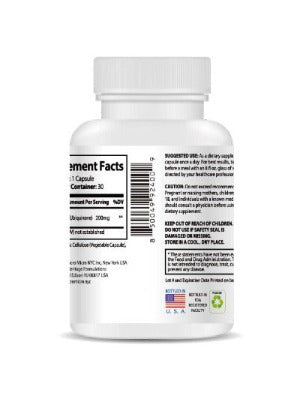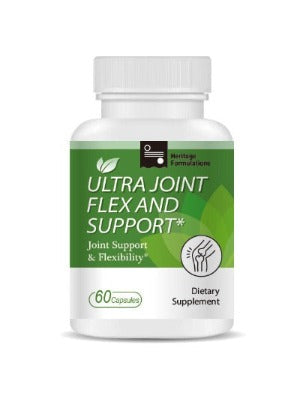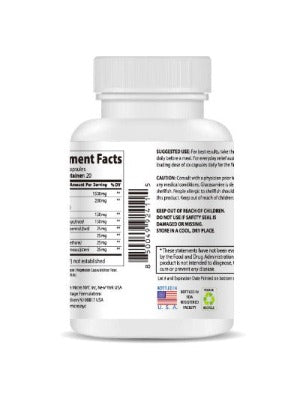Understanding the Pressure Within: High Eye Pressure vs. Normal Eye Pressure
Our eyes, the windows to our souls, are complex organs demanding constant care. One critical aspect of eye health often overlooked is intraocular pressure (IOP), the fluid pressure inside the eye. Maintaining healthy IOP is paramount for preserving vision and preventing serious eye conditions. This comprehensive guide explores the key differences between high eye pressure and normal eye pressure, offering insights into their implications and preventative measures, updated for 2025.
Decomposing Intraocular Pressure (IOP): What's Considered Normal in 2025?
Normal eye pressure, generally measured in millimeters of mercury (mmHg), typically falls within a range of 12 to 22 mmHg. However, it's crucial to understand that this is a broad guideline, and individual variations exist. Factors such as age, ethnicity, underlying health conditions, and even lifestyle choices can influence what constitutes "normal" IOP for a specific person. Therefore, relying solely on generalized ranges is insufficient; regular eye examinations are essential for establishing a personalized baseline and tracking changes over time.
Recent advancements in ophthalmology have led to more nuanced understandings of IOP. For instance, studies in 2024 highlighted the importance of considering diurnal IOP fluctuations (variations throughout the day) for a more accurate assessment of eye health. This emphasizes the need for advanced diagnostic tools and techniques used by ophthalmologists in 2025 to ensure the most precise measurements and interpretations.
High Eye Pressure (Ocular Hypertension): A Silent Threat in 2025
High eye pressure, medically termed ocular hypertension, is diagnosed when IOP consistently measures above 22 mmHg. It's crucial to reiterate that high eye pressure itself isn't automatically a disease; however, it significantly increases the risk of developing glaucoma, a leading cause of irreversible blindness. Glaucoma is characterized by damage to the optic nerve, which transmits visual information to the brain. This damage can be gradual and often without noticeable symptoms in its early stages, making regular check-ups even more critical.
The advancements in 2025 have led to better diagnostic tools to detect even subtle changes in the optic nerve, catching glaucoma earlier than ever before. This allows for earlier and more effective interventions, preserving vision more effectively. New treatment protocols also emphasize individualized approaches based on the severity of the condition and the patient's unique characteristics.
Unveiling the Key Differences: High Eye Pressure vs. Normal Eye Pressure in 2025
Understanding the distinctions between high eye pressure and normal eye pressure is crucial for proactive eye care in 2025. Here's a detailed comparison:
- IOP Measurement: The most significant difference lies in the IOP measurement. Normal eye pressure sits within the 12-22 mmHg range, while high eye pressure consistently registers above 22 mmHg. Advanced technologies in 2025 provide more precise and consistent measurements, improving diagnostic accuracy.
- Glaucoma Risk: Normal eye pressure carries a minimal glaucoma risk, while high eye pressure substantially elevates this risk. Elevated pressure stresses the optic nerve, potentially leading to damage and vision loss. Current research in 2025 is exploring new ways to predict glaucoma risk based on individual factors beyond just IOP.
- Symptoms: Both often present no early symptoms, highlighting the importance of regular eye exams. In 2025, new technologies may help detect early subtle symptoms that were previously undetectable.
- Treatment: Normal eye pressure typically needs no treatment. High eye pressure might need medical intervention (eye drops, oral medications, laser surgery, or other procedures) to lower IOP and mitigate glaucoma risk. Treatment strategies in 2025 are becoming more personalized.
- Long-Term Effects: Normal eye pressure generally has negligible long-term effects. Untreated high eye pressure can cause severe vision impairment or blindness due to glaucoma. Early diagnosis and treatment in 2025 are leading to significantly better long-term outcomes.
Lifestyle Choices and Eye Health: A Powerful Partnership in 2025
Regardless of your current IOP, proactive steps significantly contribute to eye health preservation. A holistic approach incorporating these lifestyle choices can make a noticeable difference:
- Balanced Diet: A diet rich in fruits, vegetables, and omega-3 fatty acids supports overall and eye health, protecting against oxidative stress.
- Regular Exercise: Improves blood circulation, crucial for delivering nutrients to the eyes, and helps manage stress.
- Stress Management: Chronic stress can negatively impact eye health. Stress-reducing techniques are important.
- Eye Protection: Protect eyes from harmful UV rays. Always wear sunglasses with 100% UV protection.
- Screen Time Management: Excessive screen time leads to digital eye strain. Regular breaks, proper lighting, and comfortable viewing distance are essential.
- Soothing Eye Care: Consider the Wise Quest Soothing Eye Patches - 1-Month Care Pack. These patches, infused with traditional Chinese herbal medicine, offer soothing relief from eye fatigue, dryness, redness, and swelling. They promote healthy blood circulation, helping alleviate common eye discomfort.

In 2025, new technologies are emerging to assist with eye care. These include advanced diagnostic tools that provide more accurate and detailed assessments of eye health, enabling early detection of potential problems. New treatments and therapeutic approaches are also constantly evolving, offering better options for managing high eye pressure and glaucoma. This emphasizes the importance of staying informed and working closely with your eye care professional.
The Indispensable Role of Regular Eye Exams in 2025
Regular comprehensive eye exams are the cornerstone of proactive eye care, allowing your eye doctor to accurately measure your IOP, assess overall eye health, and detect any potential issues early. Early detection of high eye pressure or glaucoma is critical, as timely intervention can significantly reduce the risk of vision loss.
The frequency of recommended eye exams varies depending on individual risk factors and age. However, in 2025, most eye care professionals recommend at least annual comprehensive eye exams for adults, with more frequent visits for those with a higher risk of developing glaucoma or other eye conditions. These exams are especially important for individuals with a family history of glaucoma or high eye pressure.
Technological Advancements in Eye Care: 2025 and Beyond
The field of ophthalmology is constantly evolving, with exciting new technologies emerging every year. In 2025, we're seeing significant advancements in several areas:
- Advanced Imaging Techniques: High-resolution imaging technologies provide detailed views of the optic nerve and other eye structures, enabling earlier and more precise diagnosis of glaucoma and other eye conditions.
- Artificial Intelligence (AI): AI algorithms are being used to analyze retinal images and other diagnostic data, helping to identify individuals at risk of developing glaucoma or other eye diseases.
- Personalized Treatment Approaches: Ophthalmologists are increasingly using genetic testing and other advanced techniques to tailor treatment plans to individual patients, maximizing effectiveness and minimizing side effects.
- Minimally Invasive Surgical Techniques: Less invasive surgical procedures are becoming more common, reducing recovery times and improving patient outcomes.
Navigating High Eye Pressure: A Path to Preservation in 2025
High eye pressure, while not a disease in itself, represents a significant risk factor for glaucoma. Understanding the key differences between high and normal eye pressure, coupled with a commitment to healthy lifestyle choices, regular eye exams, and the latest advancements in eye care, empowers you to protect your vision. Remember, proactive measures are key to preserving the precious gift of sight. The continuous advancements in ophthalmology in 2025 provide us with more tools than ever to safeguard our vision and maintain healthy eyes for years to come.
In Conclusion: Safeguarding Your Vision in 2025
Maintaining healthy eyes involves knowledge, proactive habits, and regular professional care. By prioritizing eye health and making informed choices, you can significantly reduce your risk of developing vision-threatening conditions. Regular eye exams, healthy lifestyle choices, and utilization of the latest advancements in 2025 ophthalmology are vital steps in safeguarding your vision.


